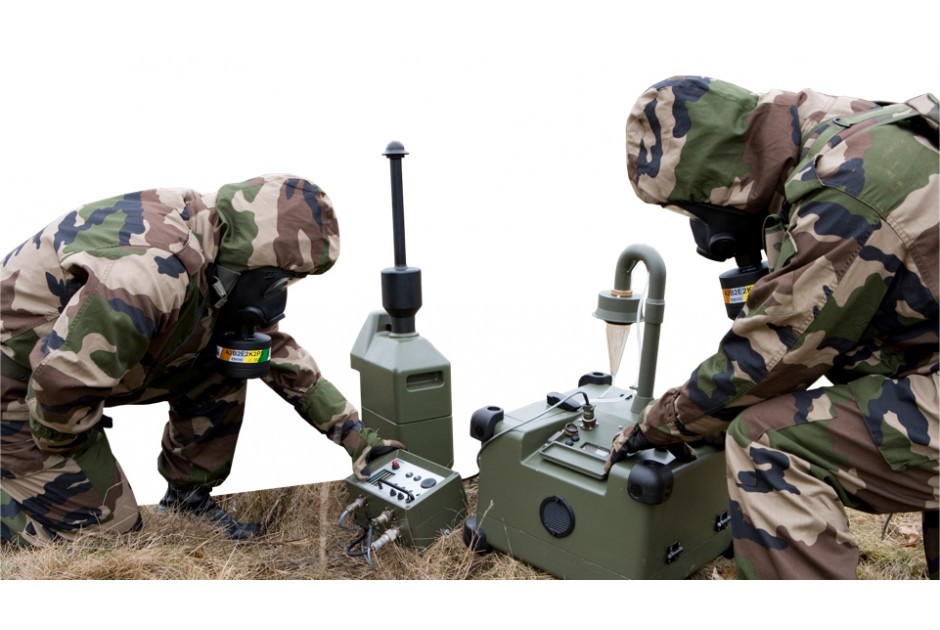EN 13034 Chemical protective clothing limited splash type 6 performance testing
The European Standard EN 13034 specifies the requirements for chemical protective clothing designed to protect against limited splash exposure. This standard applies primarily to Type 6 protective clothing, which is intended for scenarios where the wearer might be exposed to a low concentration or brief contact with hazardous chemicals.
Our laboratory specializes in conducting stringent testing according to EN 13034 guidelines to ensure that chemical protective clothing meets the necessary standards. This process involves rigorous evaluation of how well the protective garments can withstand exposure to various types of splashes, including those from acids, bases, and organic solvents.
The testing procedure is designed to assess several key aspects of Type 6 chemical protective clothing:
- Material integrity: Ensuring that the fabric does not allow penetration by hazardous chemicals.
- Barrier properties: Evaluating the effectiveness of barriers such as seams and closures in preventing chemical ingress.
- Fit and comfort: Assessing how well the clothing fits the wearer, ensuring it is neither too loose nor too tight for optimal protection.
- Visual inspection: Checking for any visible signs of damage or wear that could compromise safety.
The testing process begins with thorough preparation of the protective clothing. This includes cleaning the garments to remove any external contaminants and ensuring all components are properly assembled. Once prepared, samples of the protective clothing undergo a series of tests designed to simulate real-world exposure conditions. These include:
- Static water pressure test: To measure the resistance to penetration by water under static pressure.
- Splash resistance test: Simulating brief splashes from various chemical substances.
- Seam integrity test: Ensuring that all seams and closures are secure and do not allow any leakage.
The results of these tests are meticulously recorded and analyzed. Compliance with EN 13034 is determined based on predefined acceptance criteria, which vary depending on the specific chemical being tested. For instance, protective clothing designed to protect against acids must meet different standards than those intended for bases or organic solvents.
Our laboratory uses state-of-the-art equipment and follows strict protocols to ensure accurate and reliable test results. This commitment to precision is critical in maintaining high standards of safety and compliance with international regulations.
Industry Applications
- Military personnel: Ensuring soldiers have adequate protection against chemical hazards on the battlefield.
- Hazardous material handlers: Providing workers in industrial settings with safe attire for handling chemicals.
- Critical infrastructure operators: Protecting those who maintain sensitive facilities from accidental exposure to harmful substances.
Environmental and Sustainability Contributions
The testing of chemical protective clothing according to EN 13034 not only ensures the safety of workers but also supports broader sustainability goals. By promoting the use of high-quality, durable materials that can withstand rigorous chemical exposure without degradation, this standard helps reduce waste and encourage the lifecycle management of protective equipment.
Furthermore, the testing process itself plays a role in advancing environmental standards by driving innovation in material science and design. This includes developing more efficient recycling processes for non-biodegradable components and encouraging the use of biodegradable or recyclable materials where appropriate.
Use Cases and Application Examples
In military applications, protective clothing tested according to EN 13034 is essential for ensuring the safety of personnel operating in environments with potential chemical hazards. For example, during missions involving the handling or transport of hazardous materials, soldiers need reliable protection against accidental splashes.
Aerospace and defense manufacturers also benefit from this testing when developing protective gear for spacewalking astronauts or deep-sea divers who may encounter unexpected chemical exposures. In industrial settings, such as petrochemical plants or refineries, workers handling corrosive chemicals rely on EN 13034-compliant clothing to safeguard their health.
These real-world scenarios underscore the importance of adhering strictly to the standards outlined in EN 13034. By doing so, we contribute to a safer and more sustainable workforce across various sectors.





